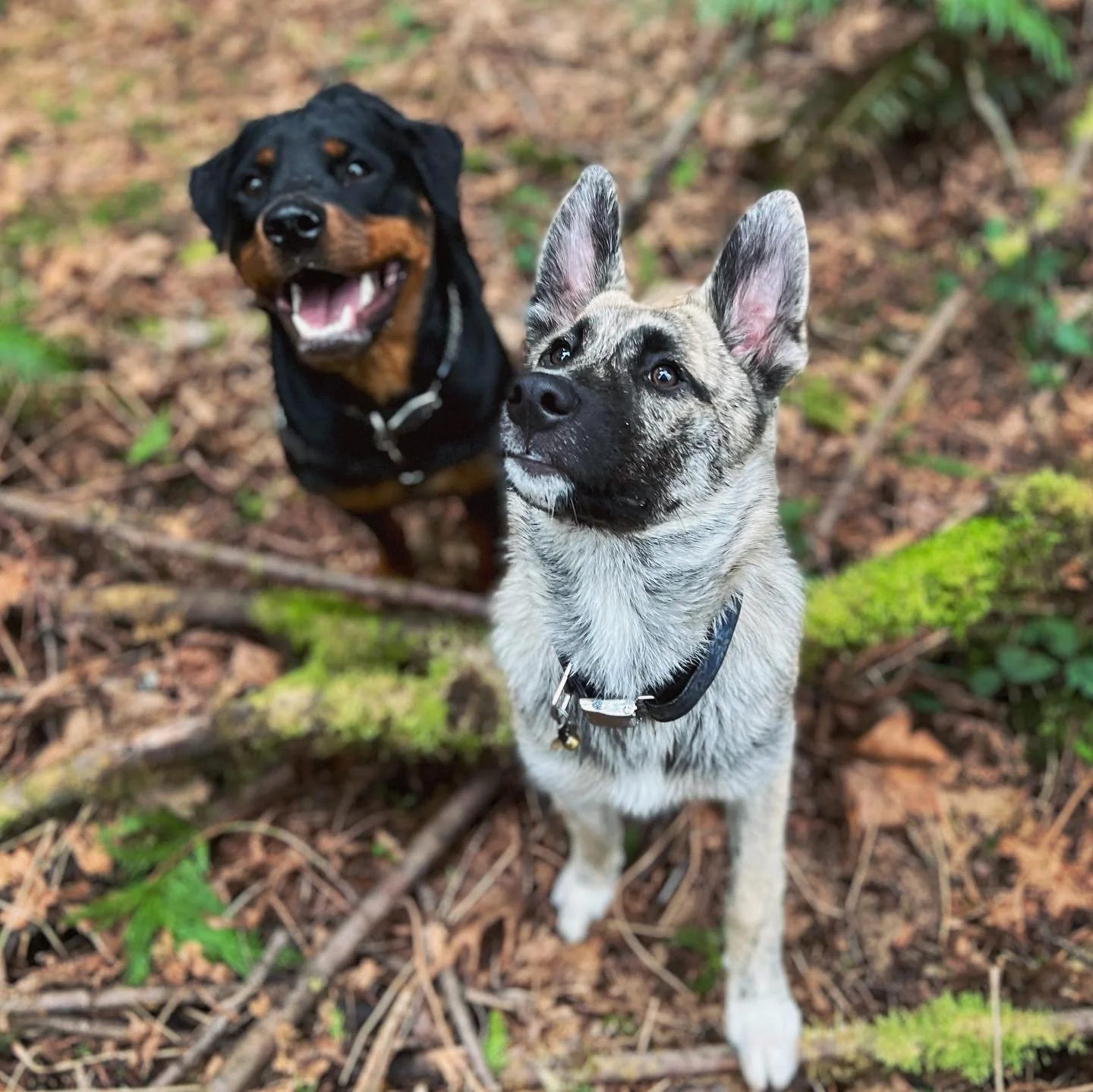Dog play can be a joyful and enriching experience—when it’s safe and consensual. But to the untrained eye, it’s not always easy to tell the difference between healthy play and a budding conflict. As guardians, trainers, and caregivers, it’s our responsibility to be fluent in canine body language so we can support positive interactions and intervene when needed.
Let’s dive into what appropriate dog play looks like, how to monitor greetings, and when to step in.
The Language of Play: Key Signals to Watch For
Dogs use a complex system of body language to communicate during play. When things are going well, play is reciprocal, loose, and full of signals that say, “This is all in good fun!”
Common Signs of Healthy Play:
Play bows (front legs down, rear up): An invitation to play.
Loose, wiggly bodies: Relaxed muscles and soft movements show comfort.
Self-handicapping: One dog voluntarily slows down or lowers intensity, especially if they’re larger or more confident.
Role reversals: Dogs take turns being the “chaser” or the one being pinned.
Pauses or breaks: Natural lulls in play where dogs reset and check in with each other.
Mouthing with soft inhibition: Open mouths and controlled bite pressure.
Loose, waggy tails: Tails wagging from the base to the tip loosely.
If you see these behaviors, you’re likely witnessing safe and appropriate social play.
Red Flags: When Play Starts to Cross the Line
Sometimes, play escalates or one dog isn’t enjoying the interaction as much as the other. It's crucial to recognize early warning signs to prevent conflict or stress.
Warning Signs:
Stiff bodies or tense faces: Lack of fluidity may signal discomfort or arousal.
Pinning or relentless pursuit without breaks or role reversal.
One-sided play: One dog is constantly trying to get away or seems overwhelmed.
Closed mouths, hard stares, or prolonged eye contact: These can be signs of escalating tension.
Lip curling, growling (without play context), or raised hackles: May indicate defensive or offensive aggression.
Yelping or hiding: A sign that one dog is no longer enjoying the interaction.
If in doubt, interrupt and give the dogs space. Better to pause too early than too late.
How to Safely Monitor and Support Dog Play
1. Use Consent Checks
Interrupt play briefly and see how the dogs respond. If they both eagerly re-engage, the play is likely mutual. If one dog disengages or avoids the other, it’s time to separate or redirect.
2. Know the Individual Dogs
Some dogs prefer rough-and-tumble play, while others like chase games or parallel movement. Respect personal play styles and energy levels.
3. Intervene Early, Not Late
Step in before things escalate. You can gently separate the dogs, redirect with toys or treats, or call them away for a short break.
4. Stay Present and Hands-Free
Avoid distractions like phones. Stay close enough to intervene physically if needed—but use tools like leashes or long lines wisely and only when they won’t add tension or restrict healthy movement.
Monitoring Dog Greetings: First Impressions Matter
Greetings between unfamiliar dogs should be brief, structured, and closely supervised.
Best Practices for Dog-to-Dog Greetings:
Choose neutral territory: Avoid greetings in tight, high-value spaces like doorways or near toys.
Parallel walk first: Let the dogs walk near each other before face-to-face contact.
Keep leashes loose and short: Tight leashes can add tension and trigger reactivity.
Limit time: 3–5 seconds is enough for a sniff-and-go greeting. Then separate and give space.
Watch For:
Tense, frozen postures
Whale eye (whites of eyes showing)
Sniffing followed by stiffening or snapping
One dog trying to avoid contact
When in doubt, skip the greeting. Not all dogs want or need to meet every other dog.
Setting Up for Success
Here’s how you can set the stage for healthy interactions:
Match dogs by size, energy, and play style
Limit the number of dogs in a playgroup or household interaction
Take breaks—even good play needs pauses
Know your dog’s thresholds and body language quirks
Final Thoughts
Dog play isn’t just about burning energy—it’s about communication, confidence, stress relief, and social learning. When monitored thoughtfully, it can build friendships, resilience, and joy. But it's not without its risks, especially if signals are missed or ignored.
By learning to read dog body language and supporting clear, respectful interactions, you become your dog’s best advocate—and ensure that play stays playful.
Are you sick of trying to train and understand your dog through the chaos of Instagram reels and TikTok hacks?
We get it. Our online community Wag & Wonderment is your calm, curated corner of the internet—created by expert trainers Mary Tully and Claire Anderson—to give you exactly what you need, and none of what you don’t.
Real training tips. Clear guidance. Fun games. Live Q&As. Support groups. All the insight of private sessions, at a price you can afford (and your first 30 days are free!)







